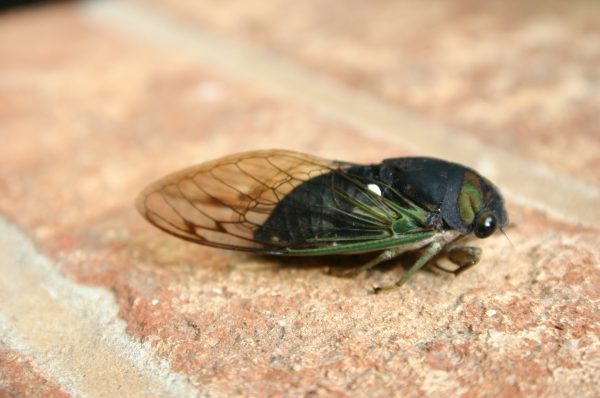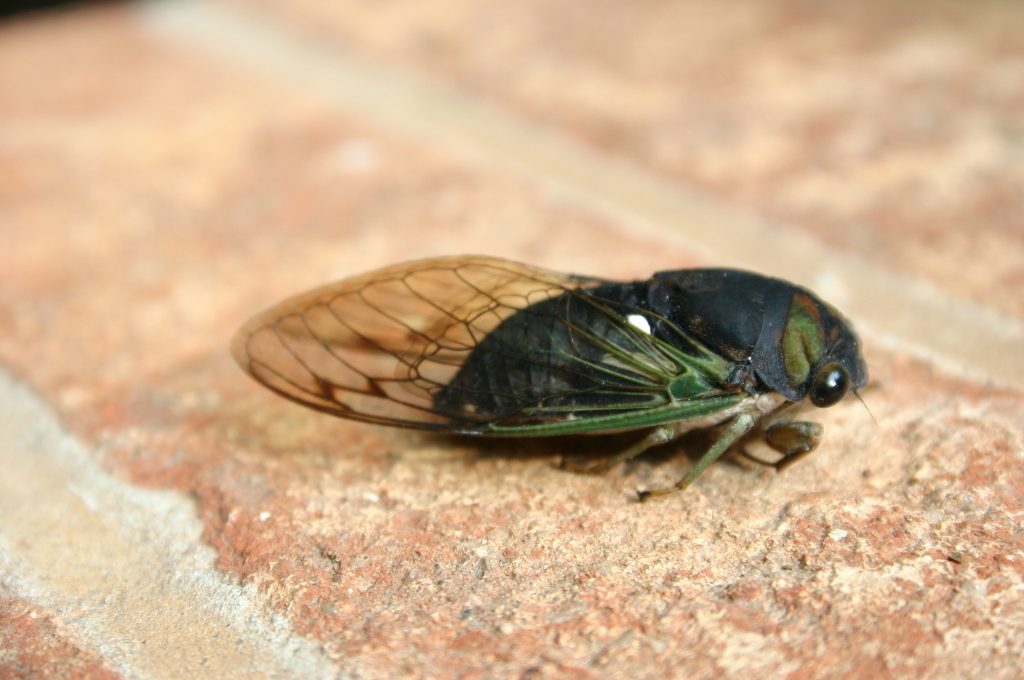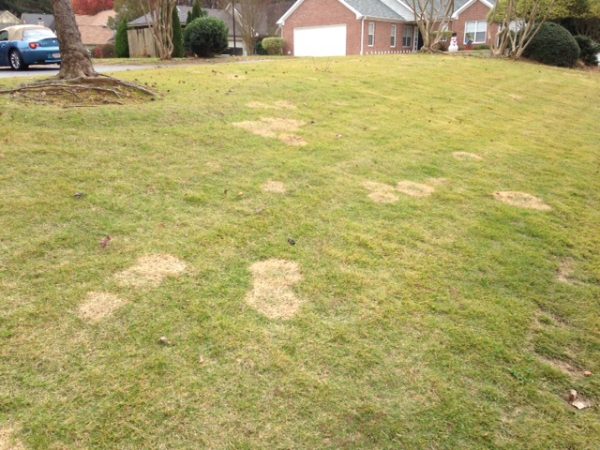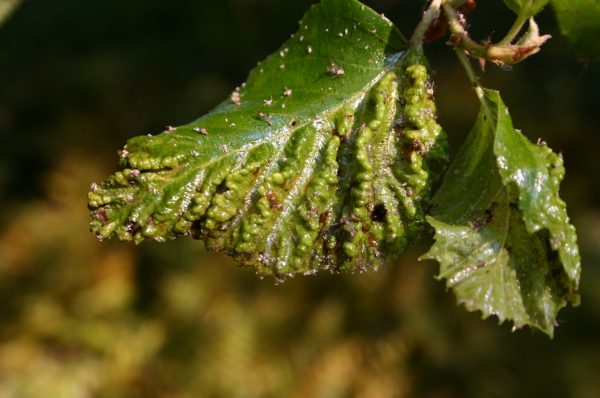My 2011 Cicada research

When a new baby was introduced into my rural Georgia community, my mother would be one of the first visitors. “That’s such a beautiful child!” she’d coo. “It would be a shame if they didn’t have an encyclopedia for their schoolwork in a few years.”
She sold the World Book Encyclopedia on commission, you see. Whenever one of the children in my family had a knotty homework assignment, “Look it up in the World Book!” was her likely admonition.
That encyclopedic source, plus a complete set of “The Book of Knowledge” series from 1920, served us all in good stead. I even went to college on a World Book scholarship!
Now, though, when my kids ask me whether Guyana is in South America or Africa, “Look it up on the Internet!” is my usual reply. No longer limited to the bookshelf, World Book now has a fine Web site geared to helping people acquire knowledge.
My job as a horticulture educator gives me the opportunity to consider many odd and offbeat questions that gardeners pose. I use the Internet daily to search for information on topics that range from the seemingly simple to the intriguing and esoteric. If you like sleuthing for information, my recent experiences might help.
WILL CICADAS EMERGE?
Last week, M. K. W. asked me what I knew about seventeen year cicadas. She had been asked by an acquaintance whether hordes of them would emerge this year. Thinking this would be a simple question, I logged on to my favorite Internet search engine, Google.com. I typed in the search term “cicada” and clicked on SEARCH.
“H’mmmmm, ” I muttered. “Only 2800 Web sites to look through. Better narrow my terms.”
Using “seventeen cicada” brought me eighty three sites, including one called “Haikus for Jews” and another with instructions for folding an origami cicada. Still no news on whether swarms of cicadas will come to visit us this summer.
By this time, I had learned from other links that cicadas belong to the species Magicicada. Further, I discovered that periodical cicadas emerge in seventeen or thirteen year cycles. There are six groups of cicadas in North America. Each group is called a “brood” and each emerges in a different year. Cicada study must be fascinating! I unearthed one breathless site called “Cicada Mania 2000” and another eponymous repository, “Cicada Central”.
So far, so good. Now I knew more about cicadas in general but I still needed a map of the states where the different broods emerge. I cranked up a different search engine, Dogpile.com, and used “periodical cicada” for my search phrase.
Ah Ha! Paydirt!! The first site listed is the University of Michigan Entomology Department. It has great pictures and, best of all, the maps for which I had been searching. It turns out that Georgia is home to “Brood 19” of the thirteen year cicada. It last emerged in 1998 and is expected to return in 2011.
It was a one sentence answer but it took me an hour to uncover it.
Q: In your article on periodical cicadas recently, you said they would not appear until 2011. I have had cicadas in my trees every year for the last decade!
A: You have had cicadas, but not periodical cicadas. There are other species of cicadas besides those that take thirteen years to develop. “Dog-day cicadas”, which some folks call “July flies” take from two to five years to complete their metamorphosis. The different broods of these annual cicadas overlap, so the noisy adults are present every year. The nymphs develop in the soil and emerge in mid-summer. You hear much of their racket in the dog days of August. If you are curious enough to look, periodical cicadas usually have red eyes and annual cicadas have black eyes.
Annual Cicada Identification pictures photo courtesy of Kathy Hill

















